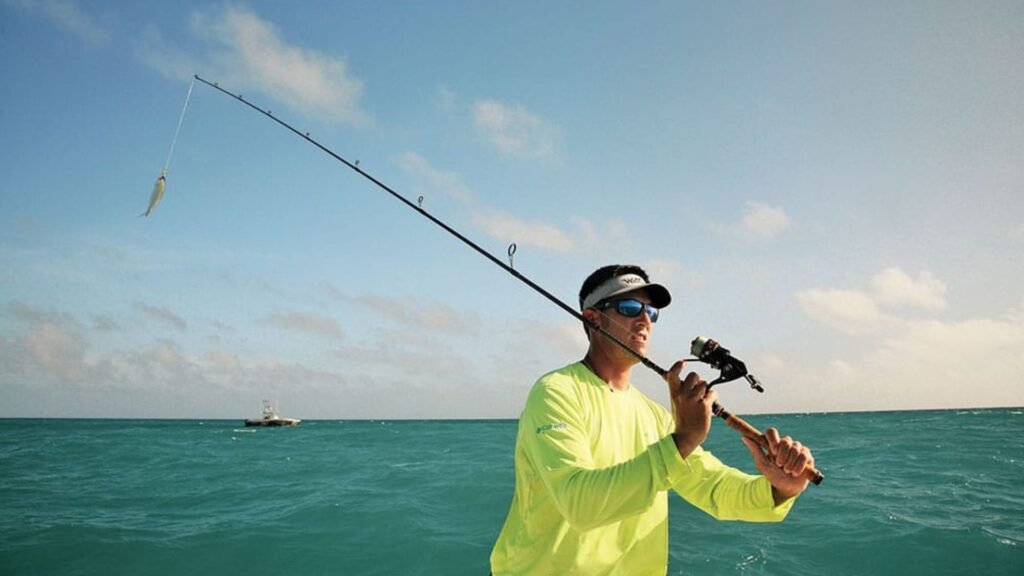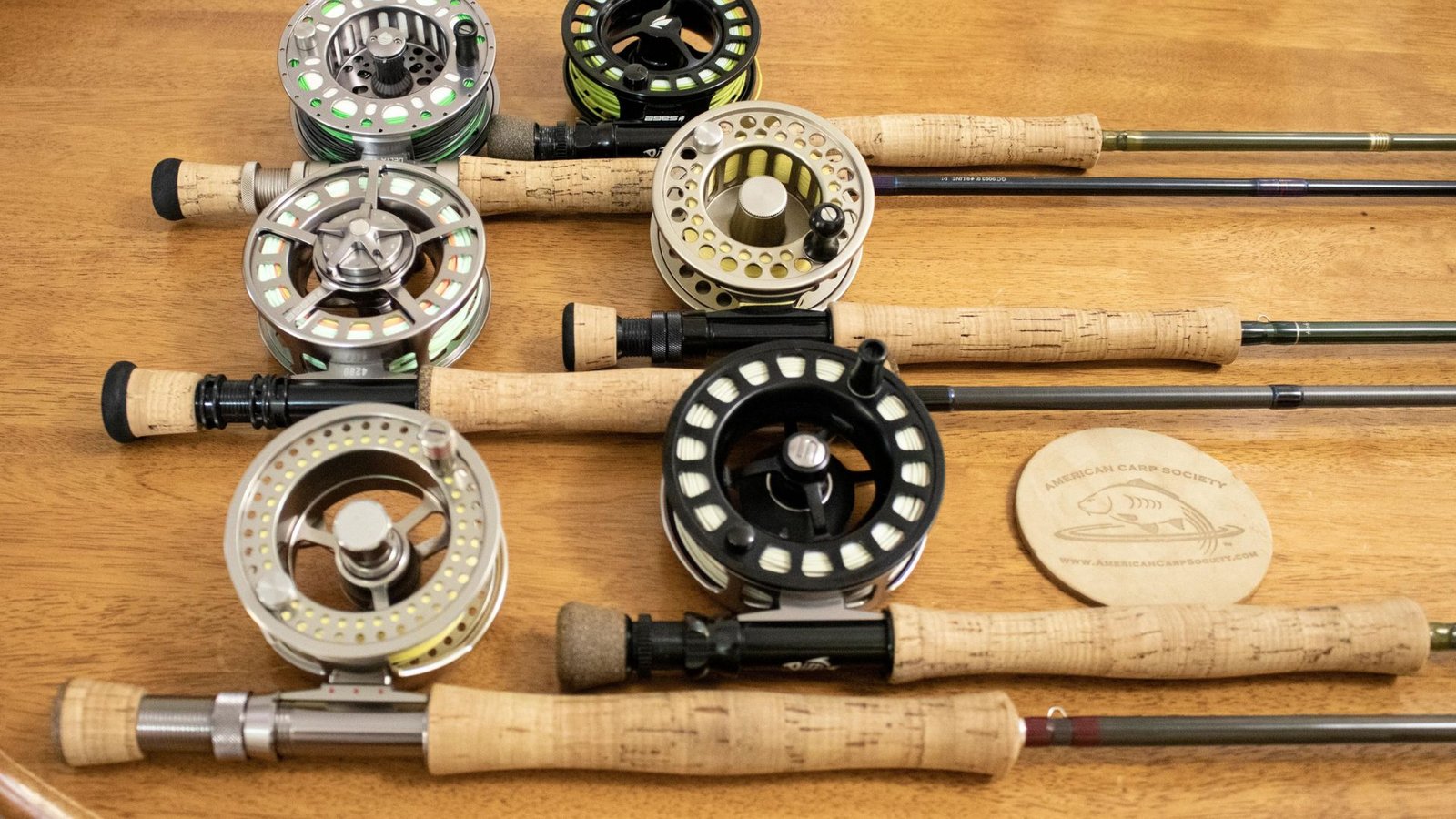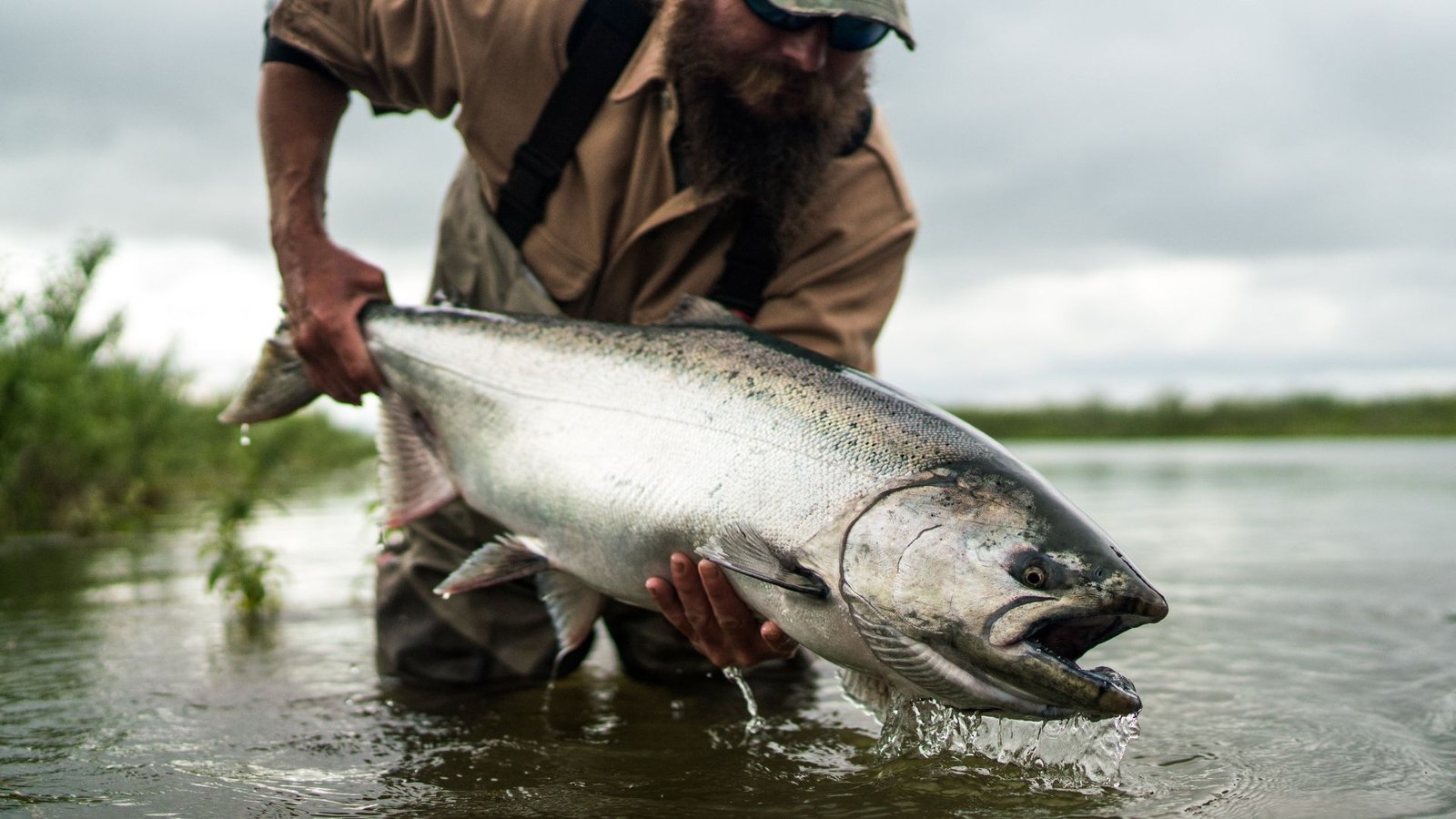Selecting a salmon fly rod involves considering factors such as rod weight, length, action, and material. Each of these elements plays a crucial role in determining how well the rod performs in different fishing situations. Here are some effective ways to choose the right salmon fly rod:

Ways to Choose the Right Salmon Fly Rod
Understanding Rod Specifications
- Rod Weight: Consider the weight of the rod, typically classified from 1 to 12 (lightest to heaviest). Choose a weight that matches the size of flies you intend to use and the size of fish you plan to catch. Heavier rods are suitable for larger flies and fish, while lighter rods are better for smaller flies and delicate presentations.
- Rod Length: Determine the ideal rod length based on your fishing environment. Shorter rods (7-8 feet) offer better accuracy and control in tight spaces or small streams, while longer rods (9-10 feet) provide greater casting distance and line control on larger rivers or lakes.
Choosing Rod Action
- Action Types: Select a rod with the right action—slow, medium, or fast—based on your casting style and fishing technique.
- Slow Action: Flexes throughout the length of the rod, providing delicate presentations and absorbing the energy of fighting fish.
- Medium Action: Offers a balance between flexibility and power, suitable for versatile fishing conditions.
- Fast Action: Bends primarily in the upper third or quarter of the rod, providing greater casting distance and power for handling larger fish.
Considering Rod Material
- Material Choices: Choose between graphite, fiberglass, or bamboo rods, each offering different performance characteristics.
- Graphite: Lightweight and sensitive, ideal for precise casting and detecting subtle strikes.
- Fiberglass: Offers durability and flexibility, absorbing shock well and forgiving casting mistakes.
- Bamboo: Provides a traditional feel and slower action, favored for its craftsmanship and aesthetic appeal.
Evaluating Rod Features
- Components: Examine rod components such as reel seats, guides, and grips. Quality components enhance durability and comfort during extended fishing sessions.
- Budget Considerations: Determine your budget and find a rod that offers the best combination of performance and value within your price range. Remember that a well-chosen rod can last for years with proper care.
Testing and Feedback
- Test Casting: Whenever possible, test-cast different rods to feel how they handle and perform. Pay attention to how comfortable the rod feels in your hand and how well it casts different fly sizes and weights.
- Seek Advice: Consult with experienced anglers, guides, or local fly shops for recommendations tailored to your fishing goals and local conditions. Their insights can help you make an informed decision.
Conclusion
Choosing the right salmon fly rod involves considering factors like rod weight, length, action, material, and budget. By understanding these key considerations and evaluating how they align with your fishing preferences and conditions, you can select a rod that enhances your fly fishing experience. Whether you’re targeting Atlantic salmon in a fast-flowing river or Pacific salmon in coastal waters, the right rod can significantly improve your casting accuracy, line control, and overall success on the water.




